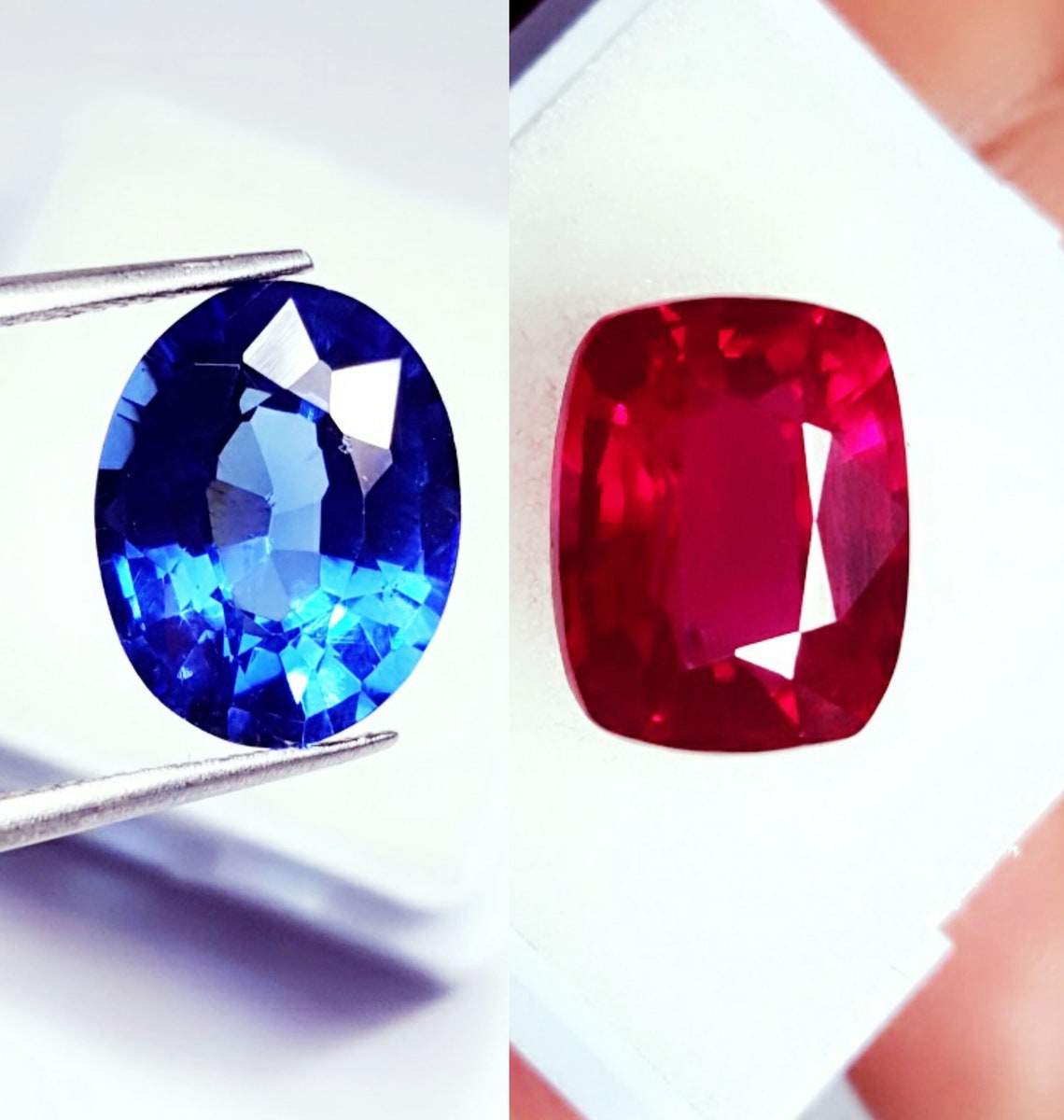

Gondwanaland subsequently broke up, leaving Madagascar like a castaway in the Indian Ocean, marooning many of these ancient species.

At this time, giant reptiles roamed the earth, while flowering plants and birds were first beginning to appear. Over 165 million years ago, the island was a land-locked plateau at the center of the supercontinent, Gondwanaland. Madagascar owes its biological diversity to geology. Close to 100% of all lemur species are found only in Madagascar.Although Madagascar occupies only about 1.9% of the land area of the African region, it has more orchids than the entire African mainland and is home to about 25% of all African plants.80% of Madagascar’s species are endemic, meaning they are found nowhere else on earth.While the California-sized island makes up just 0.4% of the earth’s total landmass, its plant and animal species make up roughly ten times more of the planet’s total.The following will give you some perspective: Madagascar has long been recognized as one of the most biologically diverse spots on the planet. Rough sapphire for sale at Antsoa, south of Ilakaka. Photo: R.W. Today the country’s human population is a tumultuous stew spiced with Malay, African, Arab, French, Chinese and Indian ingredients. While lying just 400 km from the coast of Africa, it was not settled until roughly 2000 years ago, and not by Africans, but by adventurous sailors from the Malayo-Indonesian Archipelago, some 6400 km to the east. The Island of Madagascar is an anomaly in many respects. Map of Madagascar, showing the location of major ruby and sapphire mines and major roads. From that moment on, I knew Madagascar not just as something out of a Jules Verne novel, but as the “Beryl Island.” The following is based on the author’s 2005, 20 visits, along with various published sources. Later, in gemology class, my teacher again brought up the subject of this forgotten land, mentioning that the famous French naturalist, Alfred Lacroix had written a paper about it ( Un Voyage au Pays des Béryls). My first recollection of Madagascar was grade school, where we dutifully learned that a prehistoric fish, long thought extinct, had been fished from the coastal waters of this errant isle. Since the mid-1990s, Madagascar has become one of the world's most important sources. This excerpt from Ruby & Sapphire: A Gemologist's Guide (2017) details the ruby and sapphire deposits of Madagascar.


 0 kommentar(er)
0 kommentar(er)
